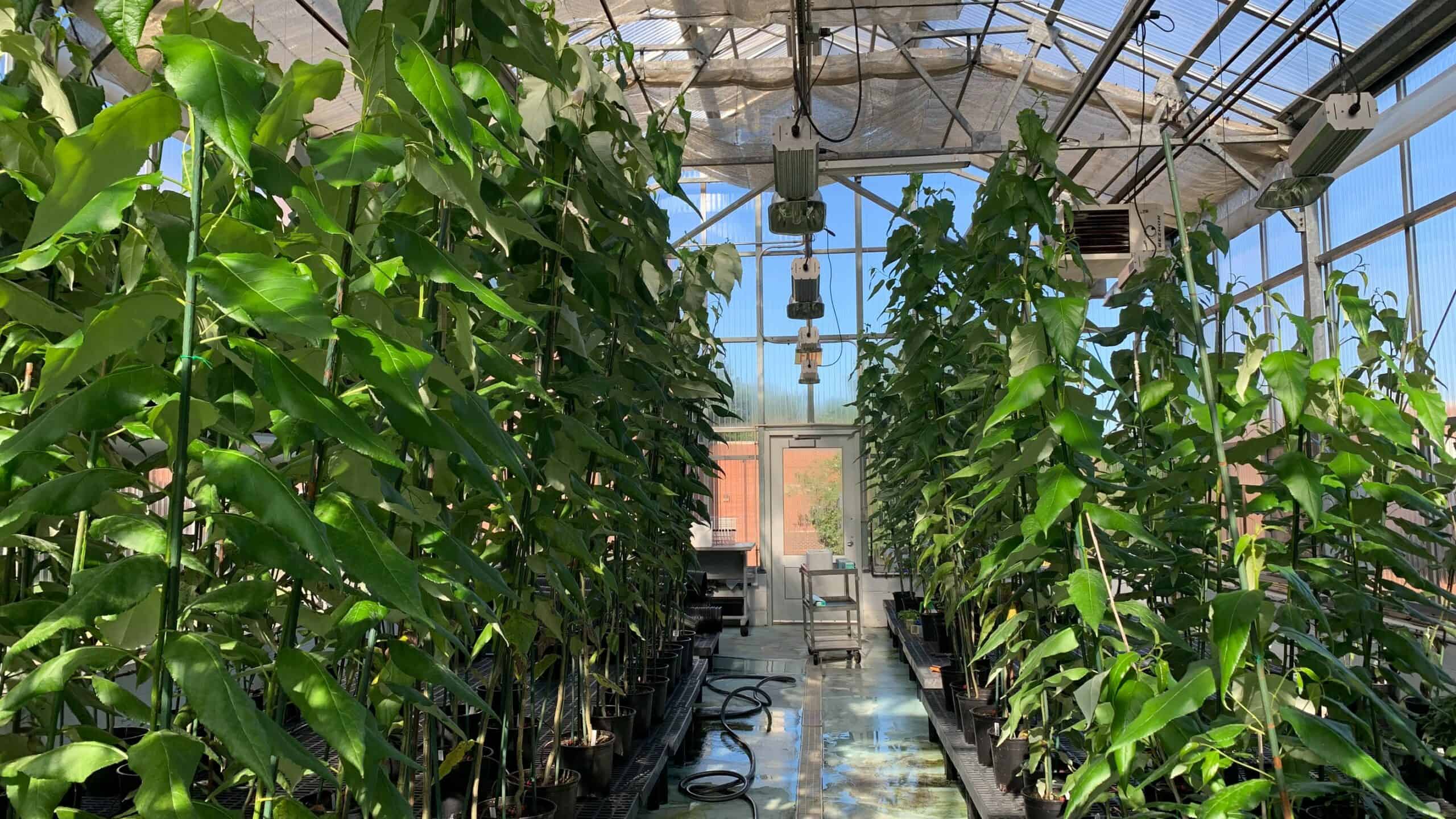Paper, an everyday item, comes at a significant environmental cost. Its production involves the breakdown of cellulose fibers in trees using chemicals that generate chemical waste and greenhouse gases. But what if we could redesign trees to ease this process? A team of researchers at North Carolina State University has done just that.
CRISPR, a technology that allows selective DNA modification, was used by the researchers to engineer poplar trees with less lignin — a polymer that needs to be broken down for cellulose extraction. They found that these modified trees not only reduced the environmental impact of paper production but could also bring substantial cost savings.

CRISPR is still a relatively new technique, but it’s already making waves in bioengineering. CRISPR is being widely used by scientists in a number of different fields, from agriculture to treating diseases. In the study, the researchers used CRISPR to decrease the levels of lignin and enhance carbohydrate content – which is what goes through pulping to produce paper products.
“We’re using CRISPR to build a more sustainable forest,” Rodolphe Barrangou, the study co-corresponding author and a professor at North Carolina State University, said in a media statement. “CRISPR systems provide the flexibility to edit more than just single genes or gene families, allowing for greater improvement to wood properties.”
Using CRISPR on forestry
The team assessed about 70,000 gene-editing combinations and concluded 99.5% of these led to detrimental effects, such as the development of limbs and stems. However, they discovered a set of 347 combinations that, when applied, effectively increased cellulose content, reduced lignin content, or achieved both improvements.
They then used CRISPR to introduce gene modifications associated with the most promising 174 combinations.
These genetically engineered trees were subsequently cultivated in a greenhouse environment. After six months, the most favorable variants exhibited an almost 50% reduction in lignin content and over 200% increase in cellulose-to-lignin ratio.
Trees edited to have less lignin could reduce the carbon footprint of cellulose fiber production by 20%, the researchers estimated. They would also increase paper output by 40% and generate approximately $1 billion in additional lifetime profits, the researchers concluded. It’s not just a win for the environment, it’s also a good economic move.
“Multiplex genome editing provides a remarkable opportunity to improve forest resilience, productivity, and utilization at a time when our natural resources are increasingly challenged by climate change and the need to produce more sustainable biomaterials using less land,” Jack Wang, study co-corresponding author, said in a media statement.
However, despite the significant promise, the application of this technology on a large scale is not an overnight task. It needs to be applied to trees that are predominantly used in paper production, such as pine. Professor Wang assured that this is feasible since the mechanism for lignin production is similar across different tree species. However, due to the time these trees take to mature, we might not see these genetically edited trees until 2040.
In a world increasingly conscious of climate change and sustainable practices, this breakthrough points towards a future where even the humble paper can have a reduced carbon footprint.
The study was published in the journal Science.






